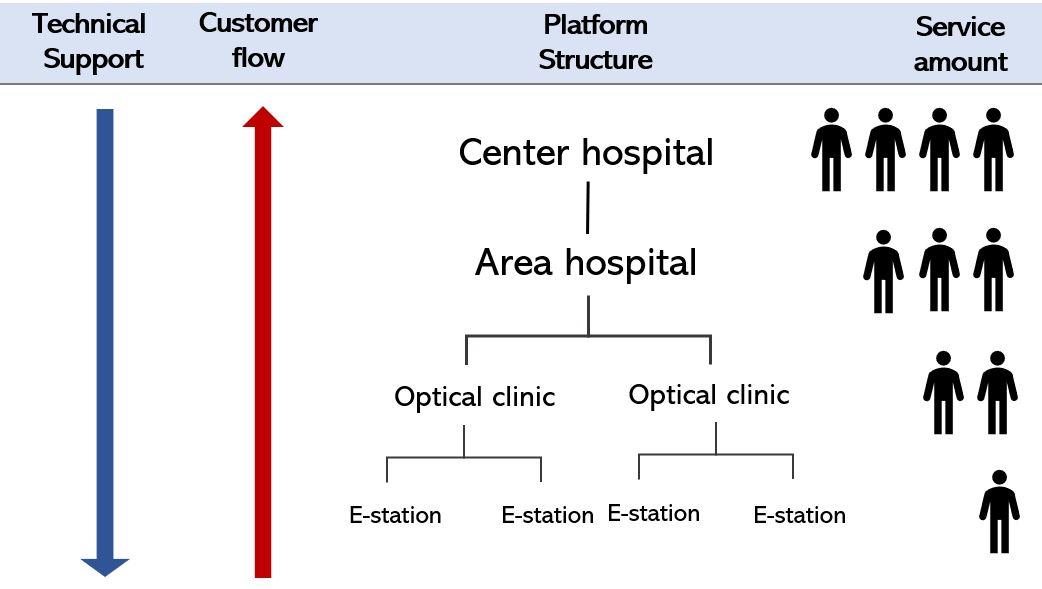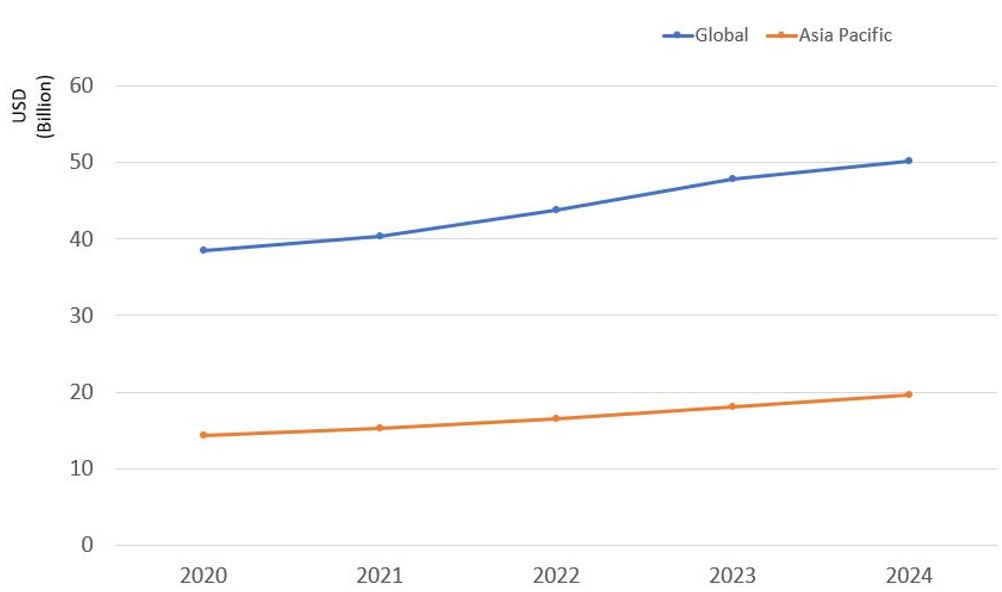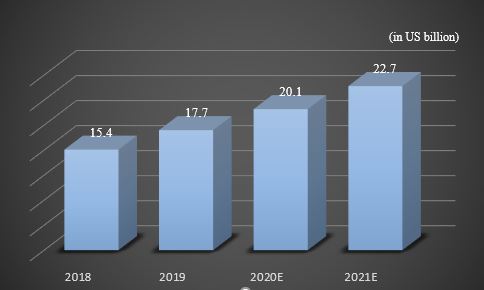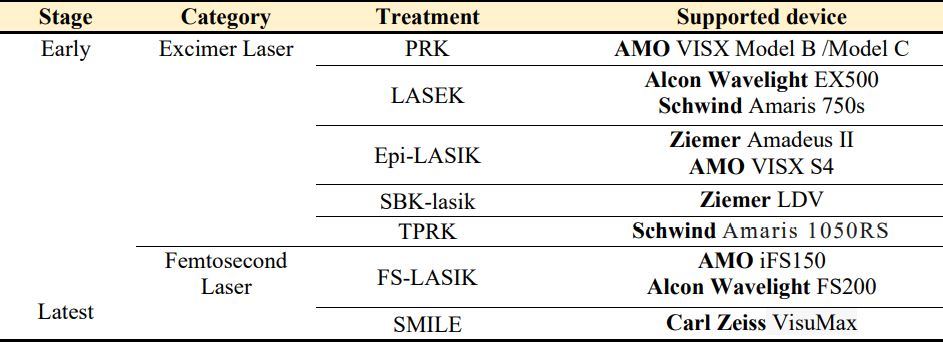Outline:
- - Asia Market overview
- - Active Players in Optometry Treatment
- - Technology in Optometry Treatment
- - Rodeo in China and Further Asia
- Today, the ophthalmology equipment market is witnessing widespread boom due to the increasing aging population and the prevalence of eye issues, togethering with diabetic retinopathy and macular degeneration. Currently, the global market is around US$ 38.4 billion in 2020, and the Asia Pacific market accounts for $US 19.6 billion. The whole industry is expected to exceed more than US$ 50 billion by 2024 while the Asia Pacific market size is predicted to reach 15.6 billion with an even more dynamic 6.5% CAGR growth.
Figure 1. The Global and Asian Market Scale (source: Guosen Research)
In 2019, China’s ophthalmology equipment market is around $US 17.7 billion with a 15% CAGR. With the increasing population, medical expenditure, and policy support, ophthalmology equipment market is expected to maintain a high growth rate, with private sector continues to rise.
Figure 2. The China Ophthalmology Equipment Market (source: Guosen Research)
| RECOMMEND READING |
|
- ANALYSIS: Insight on Government Expenditures on Healthcare and Medical Device Trends in Asia - ANALYSIS: China Medical Device Market Overview and Importation Process
|
Active Players in Optometry Treatment:
Ophthalmology treatment accounts for 45% of the ophthalmology market, and the ratio amount is increasing with the aging population. We will be focusing on three main treatments: Intraocular lens (IOL), Refractive Surgery, and Orthokeratology.
Affected by the numbers of near-sighted teenagers increasing dramatically during last decade, the eyecare market size is expected to reach $US 4.2 billion in 10 years. Refractive surgery has the largest market share in ophthalmology and is expected to exceed $US 10 billion. Currently, the market size of cataract surgery is estimated to achieve US$ 5.7 billion in 10 years. Table 1 shows that the manufacturers in optometry treatment are mainly from Europe and United States. On other hand, the eyecare service is different in each area, thus the local companies can gain an advantage over foreign manufacturers by differentiating their offerings in the eyecare market.
Table 1. Optometry Treatment and Active Player
(1) Intraocular lens (IOL)
Intraocular lens refers to a special lens made of synthetic materials to replace the lens of the human eye. It is one of the common solutions for the treatment of cataracts. The materials of intraocular lens can be divided into hydrophobicity and hydrophilicity. Both hydrophobic and hydrophilic acrylate have become mainstream materials in current use.
Table 2. The Development of IOL Technology
(2) Refractive Surgery
Refractive surgery is another common eye treatment for refractive diseases such as myopia, hyperopia, presbyopia, and astigmatism, usually by performing refractive surgery on the cornea of the eye with a laser device. Among surgery methods, small incision lenticule extraction (SMILE) has the advantages of "short recovery period", customization, and high security. These benefits make SMILE becoming the mainstream surgery method.
Table 3. The Development of Refractive Surgery Technology
(3) Orthokeratology
Orthokeratology, or ortho-k, is the use of specially designed and fitted contact lenses to temporarily reshape the cornea to improve vision, serve as a nonsurgical vision correction of myopia (Near-sightedness). Ortho-k lenses are usually worn at night to reshape the front surface of the eye while sleeping. The first approvals for overnight orthokeratology in the U.S. were obtained by Paragon Vision Sciences (CRT®) and Euclid Systems Inc. (Emerald Lens).
Table 4. The Development of Orthokeratology Technology
Rodeo in China and Further Asia
In this section, we would like to introduce the current operation system in ophthalmology industry. We take a leading China distributor(hereafter named “Firm A”) as example, who have created an ophthalmic medical service system around China. Firm A identifies each city as in dependent system including a center hospital with technical support and clinical trial institutes. Center hospital would be surrounded with several area hospitals and optometry clinics in each community. The role of optometry clinic is continuously tracking the eye health status of patients in the community. In addition, clinics implement graded diagnosis and two-way referral with area hospitals. Firm A also develops a mobile application “Firm A e-station” which offers customers with instant services such as online consultation, appointment, on-site optometry, and optics services.

Figure 3. The Service Framework of Ophthalmology in China
| RECOMMEND READING |
|
- ANALYSIS: Insight on Government Expenditures on Healthcare and Medical Device Trends in Asia - ANALYSIS: China Medical Device Market Overview and Importation Process |






